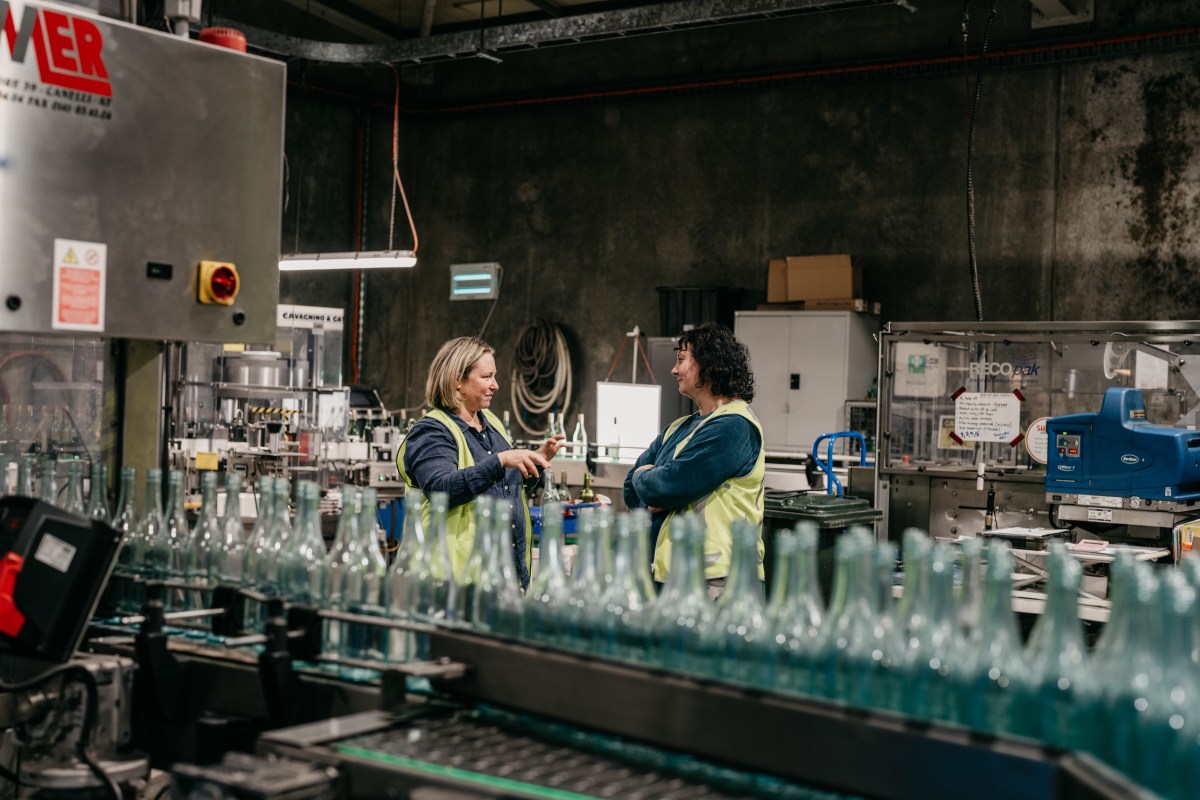The Margaret River Wine Association (MRWA) has unveiled its new Lightweight Glass Packaging Charter, a new initiative for the region designed to address one of the industry’s largest carbon contributors – glass packaging.
Data from Wine Australia reveals that wine packaging is responsible for 44 per cent of emissions generated from grape production through to end-of-life packaging. By shifting to lightweight glass, wineries can help cut these emissions by more than 20 per cent, offering a practical way to reduce environmental impact.
MRWA CEO Amanda Whiteland says: “We are committed to continuous improvement, and one part of that is driving the adoption of lightweight glass for Margaret River wines. Supporting our members in this transition is a key step in our broader sustainability efforts and lowering emissions in the wine industry.”
The initiative launched earlier this year, and already seven wineries have committed to using lightweight bottles of less than 420 grams per 750ml still wine bottle in their production. The wineries include Pierro Wines, Evans & Tate and La Kooki, which have already been using lightweight glass since 2012, 2019 and 2021 respectively, and Howard Park Wines, Fiertail Wines, St John Wine and Woodlands.
Michael Peterkin, Winemaker and Founder of Pierro Wines, commented: “If you’re trying to reduce your greenhouse gas emissions, the big kahuna is glass. You can do everything else, but you’re really not achieving all that much unless you take care of that one.”
A further 10 wineries have provided a statement of intent to commit before the end of FY25-26. One of those producers is Jilyara Wines, which plans to reduce its bottle weight by 30 per cent, in turn saving 175 grams of glass per bottle and eight tonnes per year.
While Margaret River only accounts for two per cent of Australia’s wine grapes, the region still produces approximately 30 million bottles of wine each year. The MRWA estimates a saving of 3,000 tonnes of glass each year should the entire region make the switch.
MRWA Sustainability Officer, Kate Morgan, explains: “Even small changes can have a big impact. Just by making wine bottles lighter, we could save enough glass to equal the weight of the Sydney Opera House roof.”
Reducing glass weight was one of three key strategies identified by Wine Australia in its 2023 Emissions Reduction Roadmap. While this objective plays a key role in reducing carbon emissions, it also aligns with shifting consumer preferences.
Eloise Jarvis, Winemaker at La Kooki, says: “We’ve found that when we tell customers we use lightweight bottles, they’re genuinely interested, sometimes surprised, but it creates meaningful conversations about sustainability beyond the vineyard and winery.
“In recent vintages, to raise awareness, we’ve even added a message to our labels: ‘Committed to sustainability, we use lightweight bottles to reduce our carbon footprint. It’s what’s inside the bottle that matters’.”

